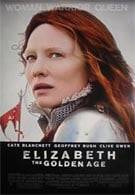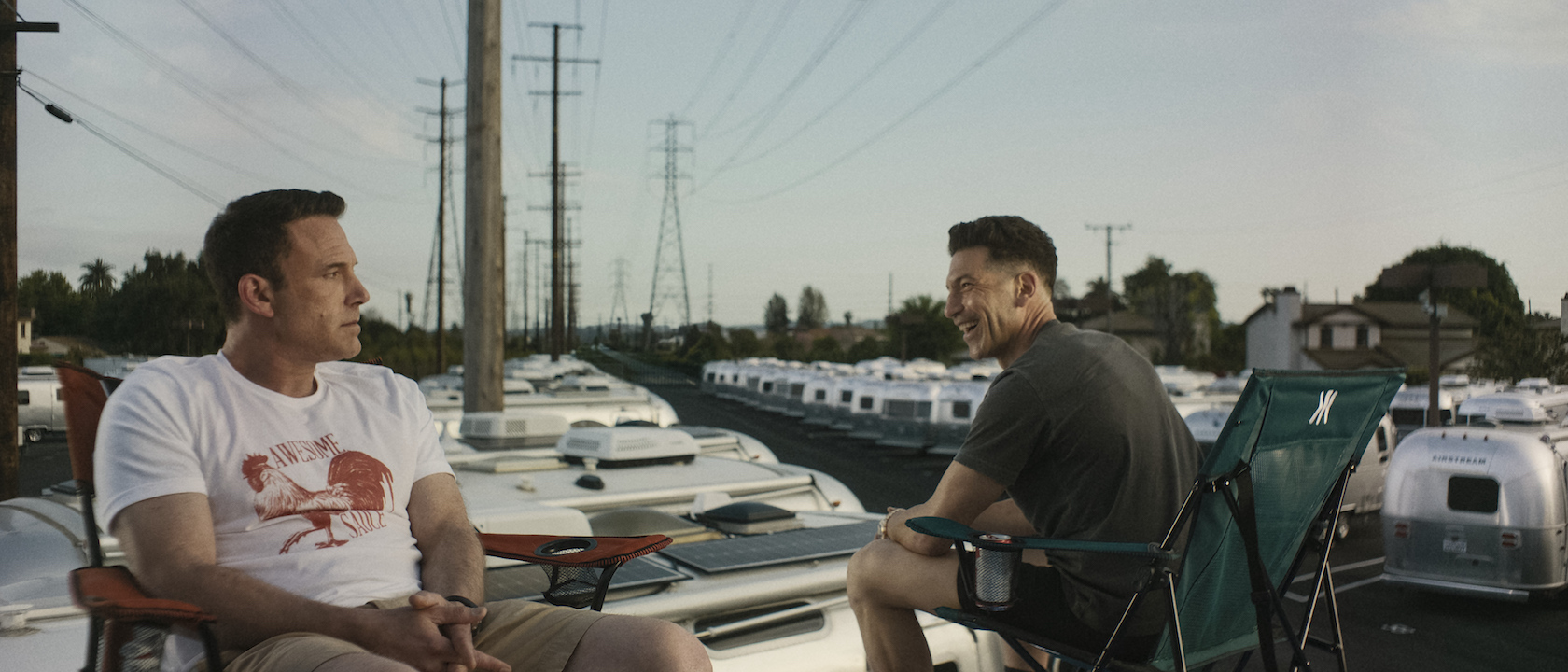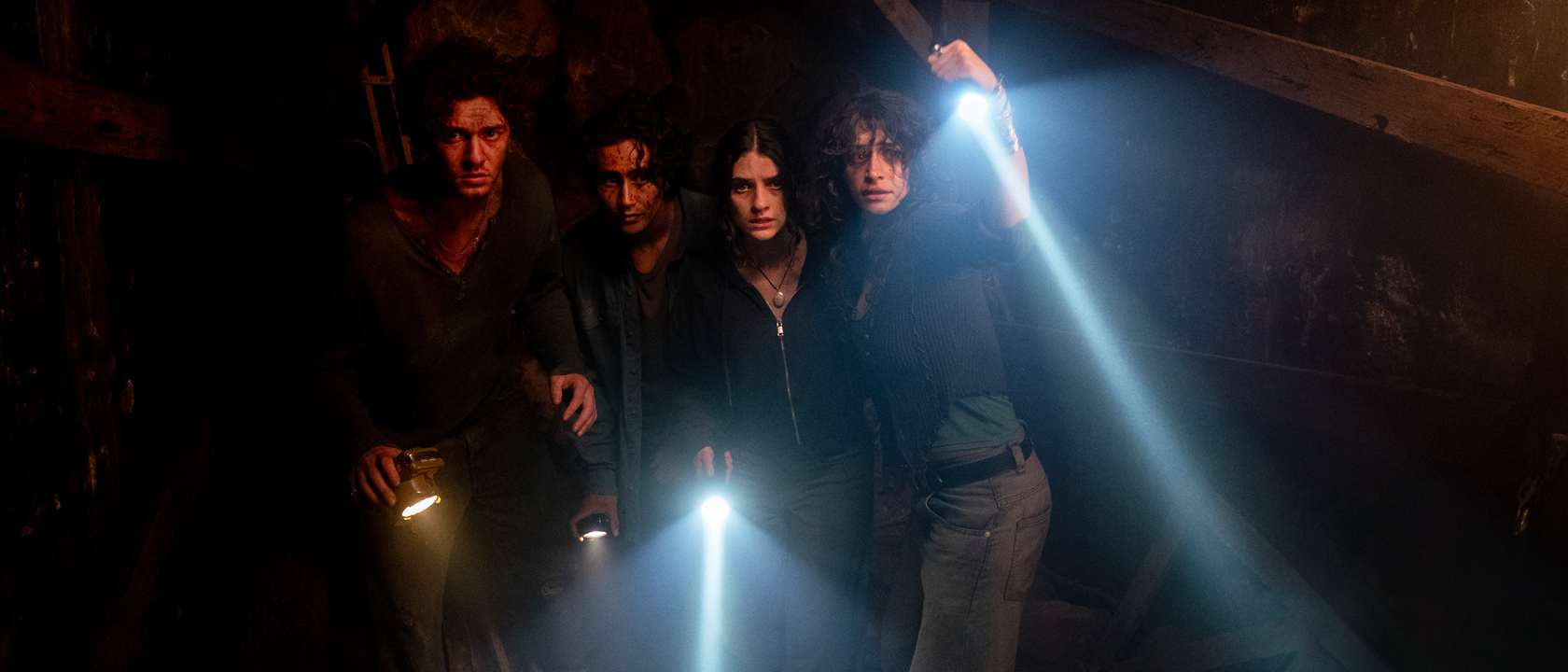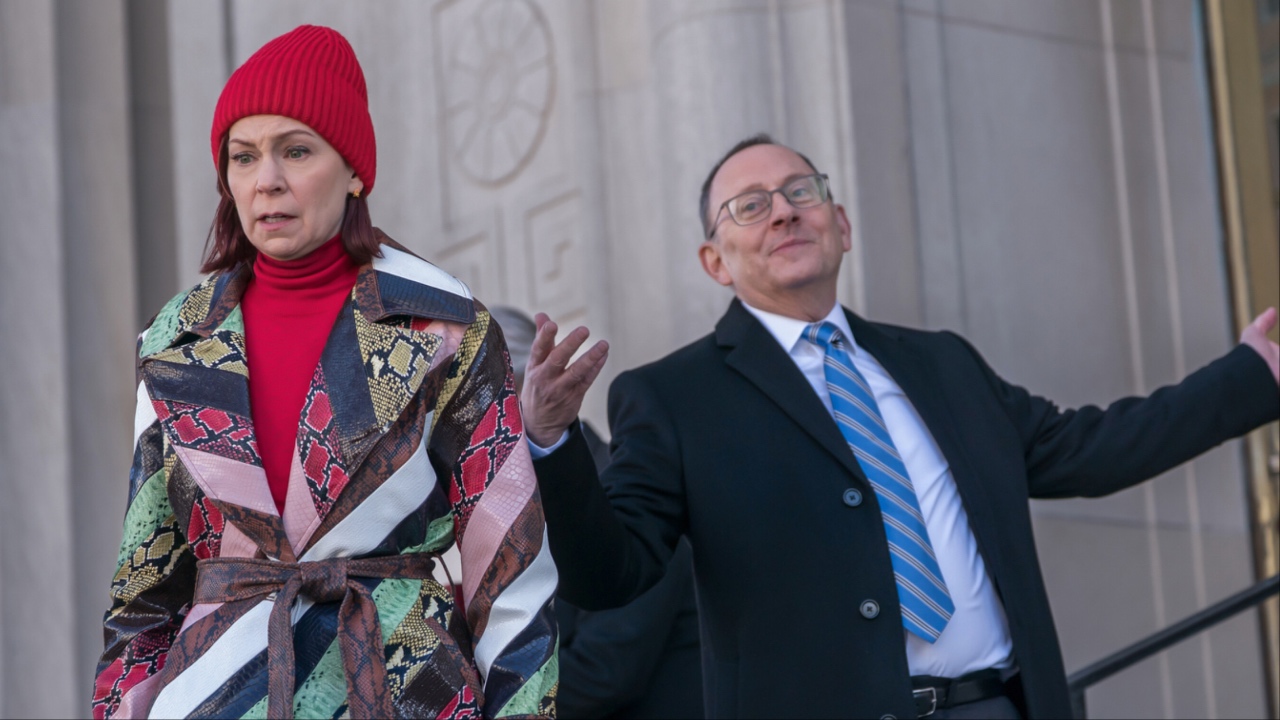The ingredients were there. The stars and the planets were coming into alignment as they do only once every few decades. The original movie, Elizabeth, was a brilliant piece of movie making with a perfect script, epic casting, incredible cinematography and a biting edge that few history/period films can claim. The creative team all returned for the sequel. Director, writer, editor and cast were all on board, including keystone Cate Blanchett who won all kinds of awards for her portrayal of the Virgin Queen the first time around. There was no reason why this sequel couldn’t be just as incredible its predecessor.
It’s no secret I’m not a fan of movie sequels in general. Most of the time the continuation of a cinematic story is pursued by lesser storytellers who are funded by people looking to make a buck off of the creativity of the original. Rarely does a sequel come close to matching the quality of the first movie, much less exceeding it, but I had high hopes for Elizabeth: The Golden Age. I guess I should have expected to be disappointed.
The two-fold story divides its attention between Elizabeth’s (Cate Blanchett) relationship with Sir Walter Raleigh (Clive Owen) and her clashes against a deeply Catholic Spain’s efforts to overthrow her Protestant rule. It’s pretty much the same kind of split as the first film, where Elizabeth struggled with her relationship to Robert Dudley and the international conspiracy to dethrone and murder her. The big difference is that in Elizabeth director Shekhar Kapur made everything fit together into one seamless, coherent plot. With The Golden Age his end result is more like a disjointed series of scenes, all of which are brilliantly filmed, but none of which feel like they’re a part of the same movie.
The first half of the film doesn’t suffer as much from that sense of multiple-movie-personality disorder. Elizabeth, a queen who refuses to take a husband because she is instead married to England, busies herself with the tasks of ruling her people while fending off pernicious suitors bent on marrying into a significant political alliance. I’m a sucker for period films and their display of the fashions and manners of days gone by, and as long as the movie remained in the queen’s court, I was absolutely entranced.
Torn between her interest in Raleigh and her oath to her people, Elizabeth manages to keep Raleigh around by foisting him on one of her most beloved and trusted ladies in waiting. The love triangle that emerges sends the queen into an emotional tail spin, threatening the powerful image she has worked so hard to establish.
As before, Cate Blanchett is both commanding and vulnerable with her portrayal as Elizabeth, but she lacks any equal in the cast. Clive Owen strikes a roguish form as Raleigh, the one man who manages to break through the queen’s stoic façade. But most of the time Blanchett might as well be talking to a wall. Apart from one scene where Raleigh gives a captivating description of his adventures to the new world, Owen seems content to simply deliver his lines and strut out an exit. Even Geoffrey Rush, who fit right in with masters like John Gielgud and Richard Attenboroug in the first Elizabeth movie, doesn’t quite measure up this time around. Toss that out as the fact that his character, Lord Walsingham, is pretty much wasted on the movie, overrun by Owen’s sleepy Raleigh.
As the movie heads into its second half, things start running downhill at a dizzying rate. Spain’s conspiracy to set England up for war becomes a jumbled mix of mysterious people who come and go so fast that it’s nearly impossible to keep up. When the Spanish Armada finally sets sail for English coasts in search of a religious Holy War, what follows is a bizarre series of stream-of-consciousness battle scenes where Elizabeth scrambles to rally England to its own defense.
At one point she puts on armor and rides out to a random field to address battle-ready troops, even though no battle actually takes place. I have no idea if Queen Elizabeth actually ever rode out to battle to speak with the troops, but even if it did happen the presence of the scene in the movie boils down to being a Braveheart rip off. It’s followed by the most bewildering series of naval battles ever put to screen (complete with more of Owen looking roguish). It finally culminates with the queen stripping to her nightgown to go out to the coast and watch the Spanish Armada being pummeled to pieces by a fortunate storm. It’s all very symbolic and it’s filmed beautifully, but so confusing and patch-worked that I couldn’t help but yawn.
For all its elaborate sets and costumes, Elizabeth: The Golden Age fails to capture the true essence of what made the first move great. Yeah, I know, I’ve spent most of this review comparing the two movies. If it helps, I’d say that on its own, this movie is a decent period movie that, if it weren’t for Cate Blanchett, wouldn’t be worth your time unless you love staring at Clive Owen in funny pants. But let’s be honest. This is an extension of the story, a continuation of a magnificent piece of epic history. It doesn’t live up to the power and depth of the original, and for that I am deeply saddened.











